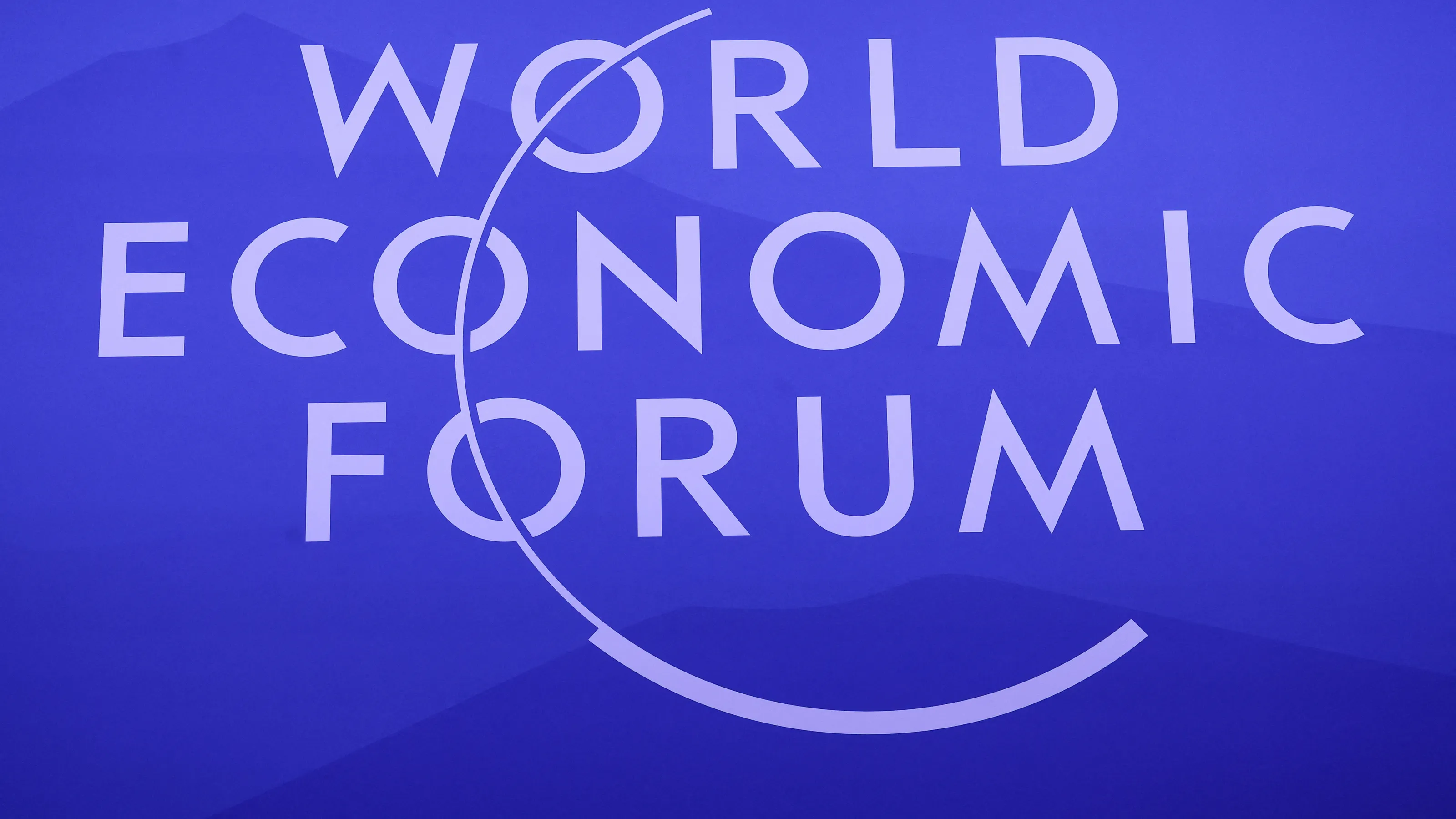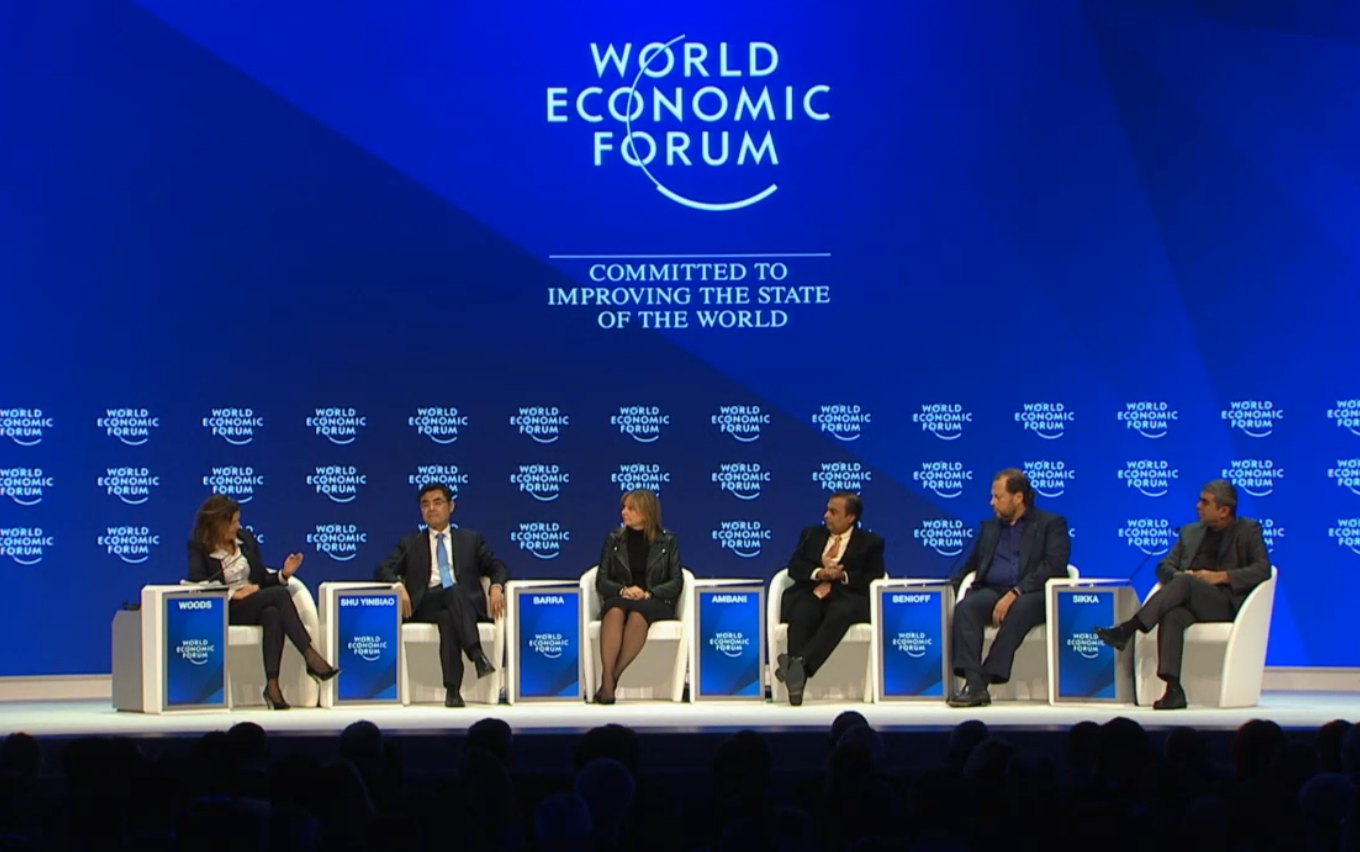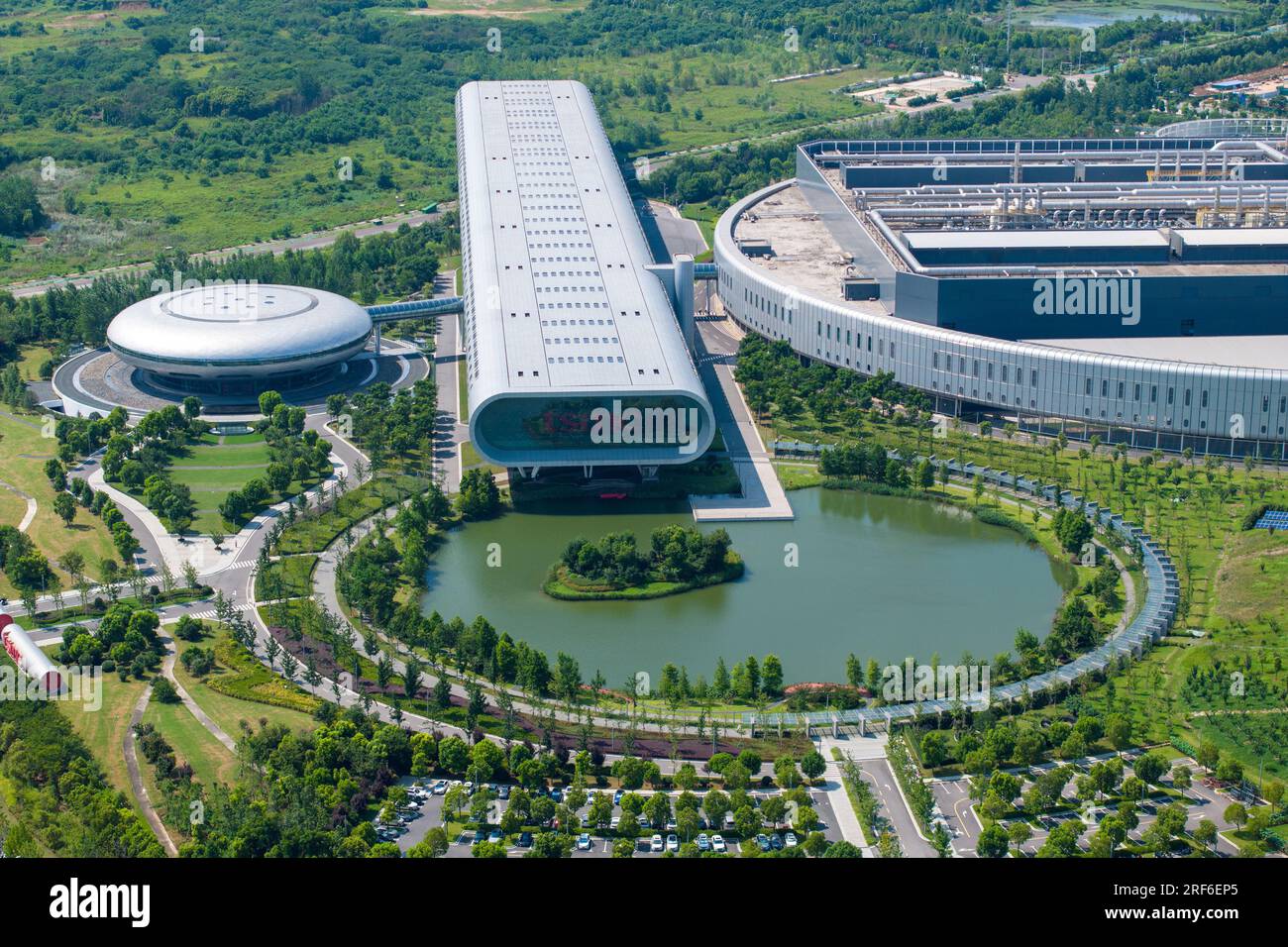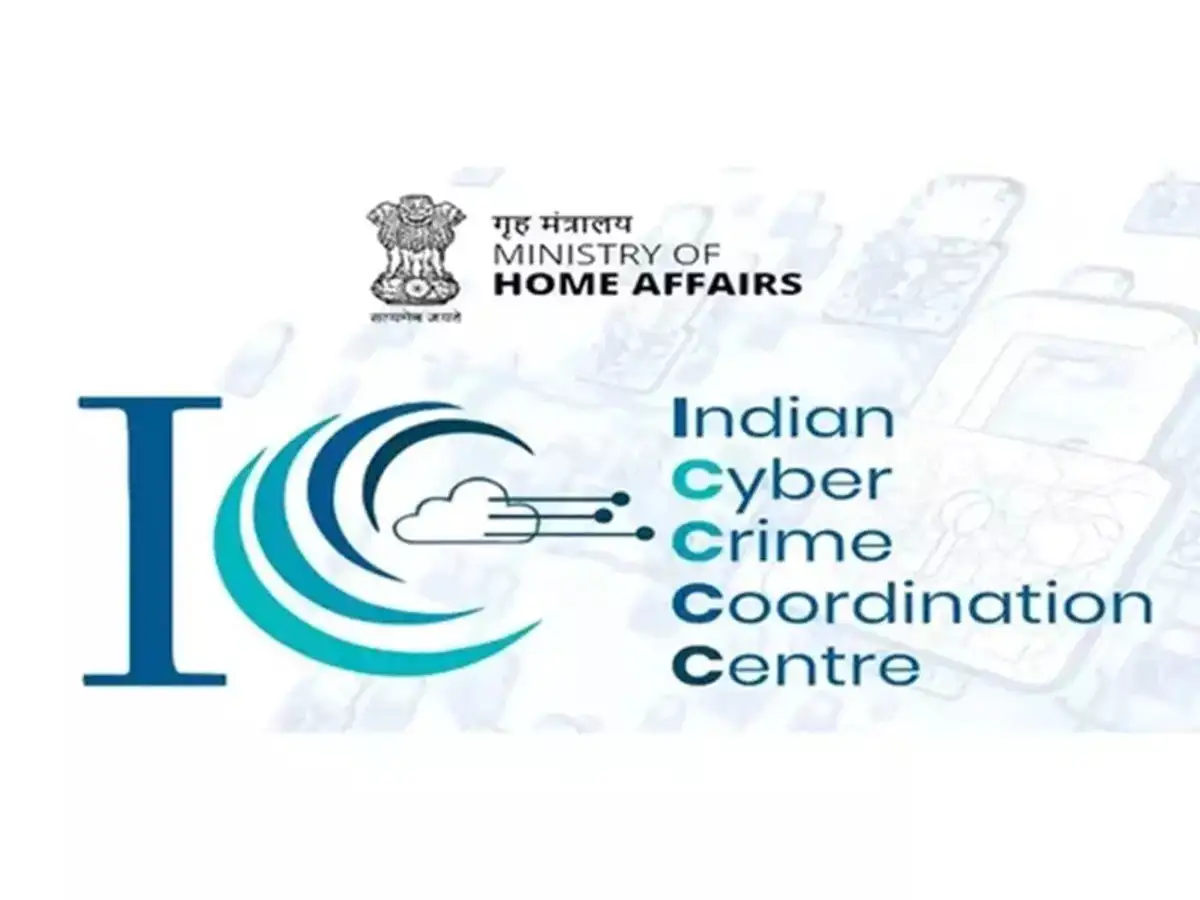Top 10 Emerging Technologies of 2025 Revealed by World Economic Forum
- bypari rathore
- 31 July, 2025

World Economic Forum Reveals Top 10 Emerging Technologies of 2025
Geneva, Switzerland – June 24, 2025 — The World Economic Forum (WEF) has unveiled its much-anticipated list of the Top 10 Emerging Technologies of 2025, spotlighting breakthrough innovations expected to shape industries, economies, and societies over the next three to five years.
In collaboration with global experts and scientific communities, the WEF identified technologies with the highest potential for positive real-world impact. These cutting-edge developments are not only technologically significant but are also poised to address some of humanity’s most pressing challenges, from climate change to healthcare access.
Here Are the WEF’s Top 10 Emerging Technologies of 2025:
AI-Enhanced Healthcare Assistants – Integrating generative AI with real-time diagnostics to provide accurate, affordable, and scalable medical advice.
Sustainable Aviation Fuel (SAF) Innovations – New bio-based and synthetic fuels dramatically cutting carbon emissions in aviation.
Personalized Learning Platforms – AI-powered education systems that adapt in real time to each learner's pace and style.
Quantum-Resilient Cryptography – Security protocols designed to withstand quantum computing threats, protecting future digital infrastructure.
Flexible Perovskite Solar Panels – Ultra-thin, highly efficient solar cells that could revolutionize clean energy adoption worldwide.
Synthetic Biology for Agriculture – Engineered microbes and plants designed to enhance crop resilience, nutrition, and sustainability.
Neuromorphic Computing – Brain-inspired chips that drastically reduce energy consumption in AI applications.
Water-from-Air Harvesting Systems – Decentralized devices extracting clean water from humid air, addressing water scarcity in arid regions.
Next-Gen Battery Storage – Solid-state and sodium-ion batteries promising safer, longer-lasting energy storage.

Digital Twin Cities – Real-time, data-driven replicas of urban environments used for planning, sustainability, and crisis response.
Why It Matters
The WEF’s annual list acts as a global signal for where investments, policies, and public attention may shift next. “These technologies are not just ideas—they are actionable solutions on the cusp of mainstream adoption,” said Jeremy Jurgens, Managing Director at the WEF.
The report emphasizes the importance of ethical development, inclusive deployment, and global collaboration to ensure these technologies benefit humanity at large.
Looking Ahead
From AI-driven health systems to quantum-secure digital infrastructure, the 2025 list represents a turning point in how emerging technologies can serve both people and the planet. Governments, industries, and innovators are now urged to prepare for rapid integration and scalable implementation.
Note: Content and images are for informational use only. For any concerns, contact us at info@rajasthaninews.com.
TSMC Optimistic Amid...
Related Post
Hot Categories
Recent News
Daily Newsletter
Get all the top stories from Blogs to keep track.





_1760526058.png)





